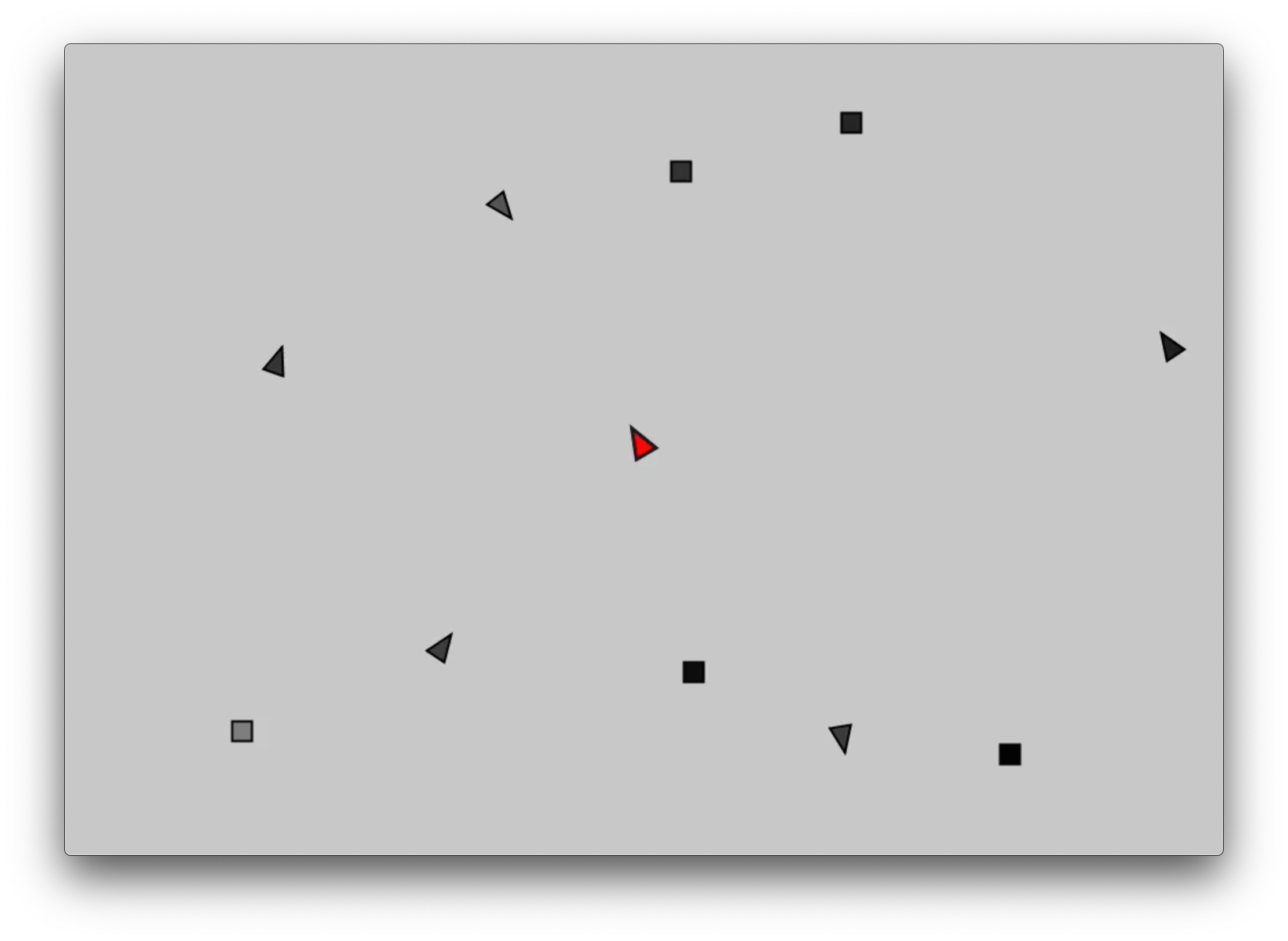Cooperative Interaction

One of the major characteristics of human dialogue is that it is based on close cooperation with each other. Cooperation here broadly includes phenomena generally called synchronization, coordination, and collaboration. In order for machines to be cooperative with humans, it is necessary to learn from humans how cooperative interactions should be.
From the perspectives of psychology [1], mathematical cognitive modeling [2], sociolinguistics [3], etc., we are conducting basic research on the universal characteristics of human cooperation and the appearance of cooperation in dialogue.
The figure above is the experimental stimulus used for investigating the personality that humans perceive from the behavior of agents abstracted into geometric shapes [1].
Related publications
[1] Funakoshi, Lee, Iwai, Kumada: “Personality Synthesis on Information-Seeking Mobile Agents in a 2D Space”, International Journal of Social Robotics (2021). https://doi.org/10.1007/s12369-021-00801-w
[2] Iwahashi, Okada, Funakoshi: “Theory of Cooperation: Cognitive and Mathematical Principles of Cooperation and Their Application”, JSAI 2020, 1P5-GS-7-02 (2020) https://www.jstage.jst.go.jp/article/pjsai/JSAI2020/0/JSAI2020_1P5GS702/_pdf/-char/ja
[3] Funakoshi, Komuro: “Toward Mindful Machines: A Wizard-of-Oz Dialogue Study”, First IEEE international conference on humanized computing and communication (2019). https://doi.org/10.1109/HCC46620.2019.00021